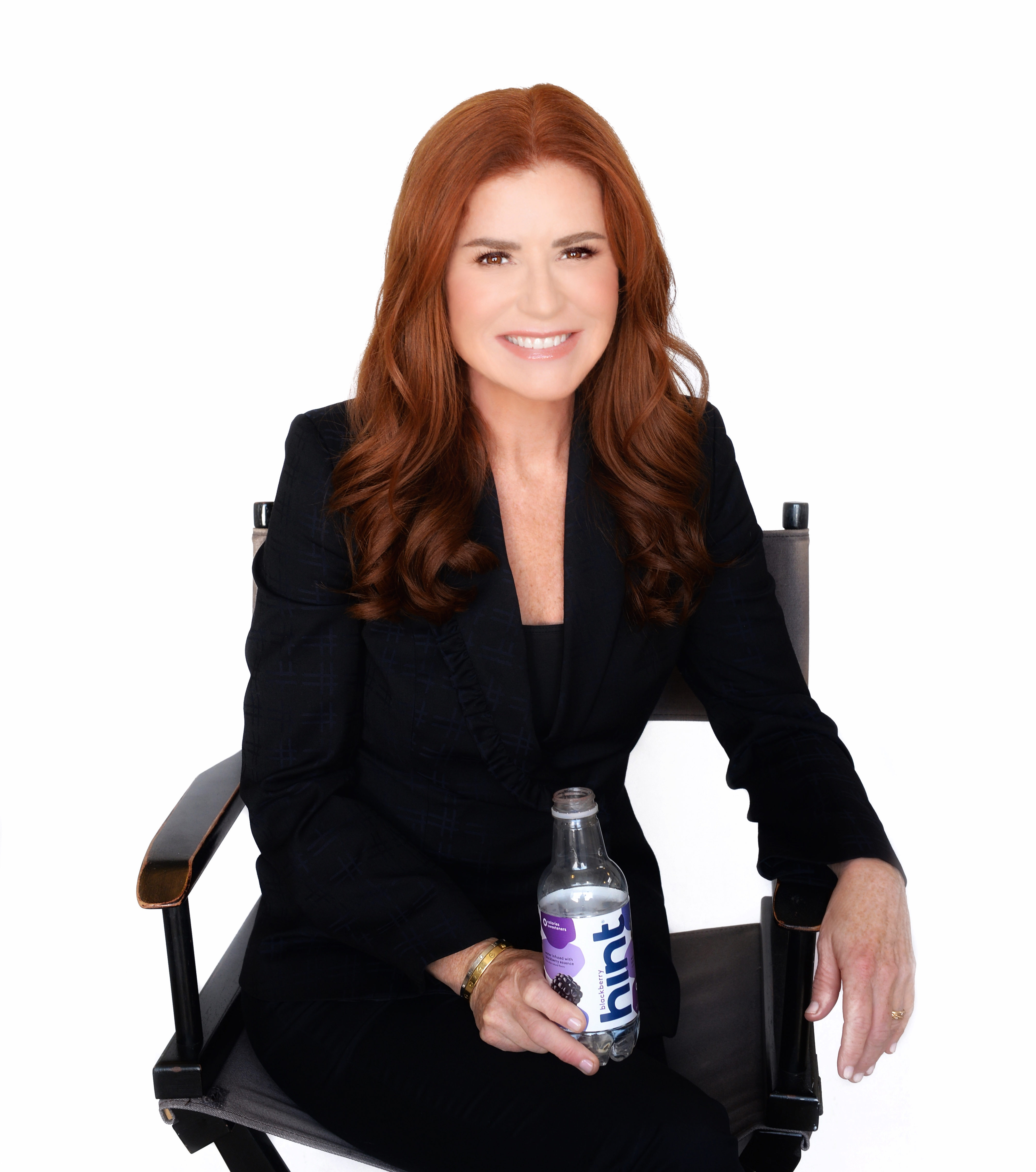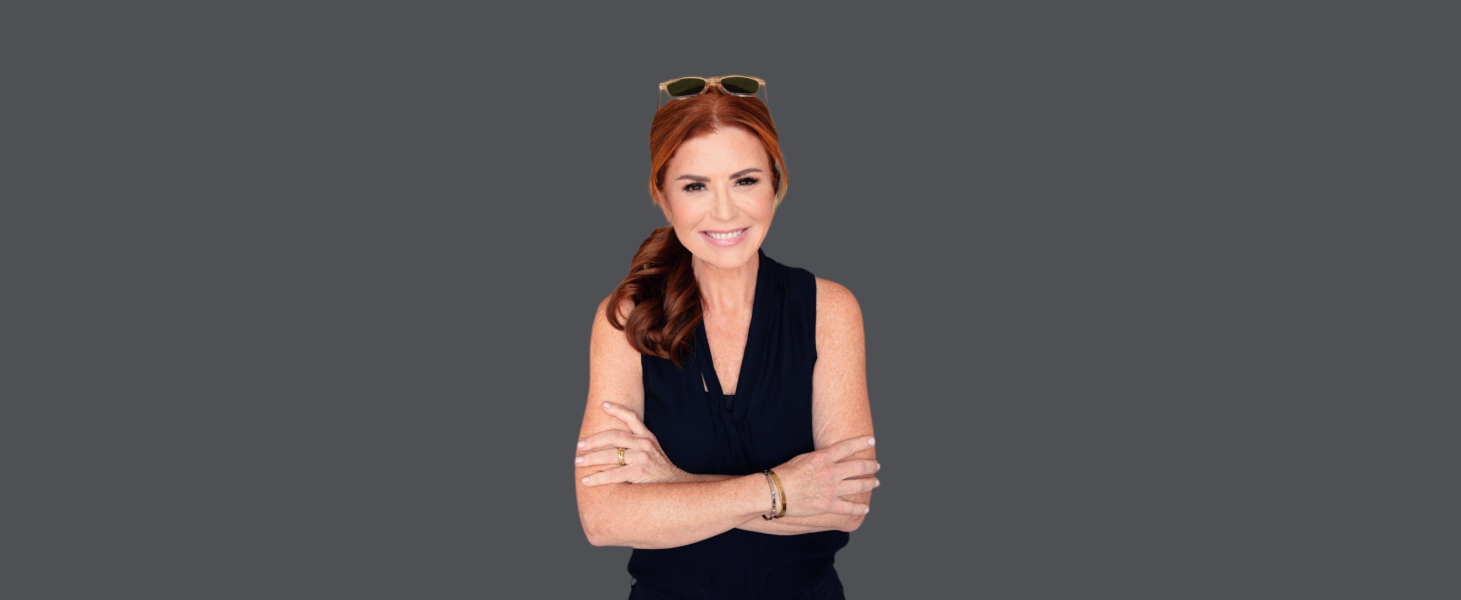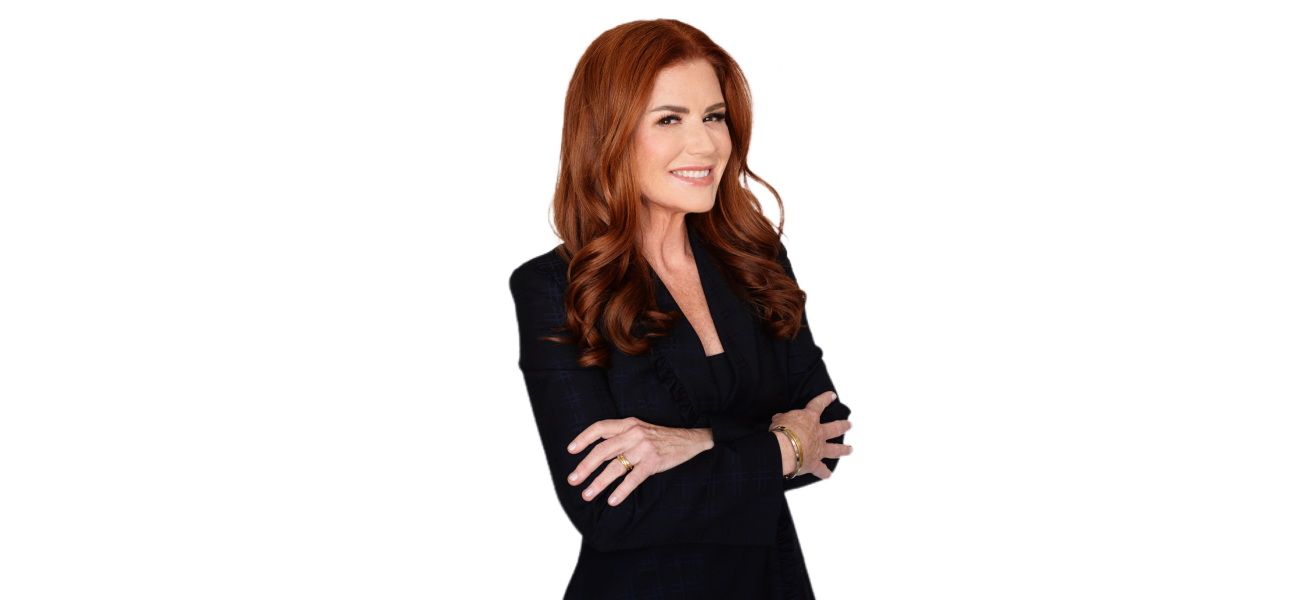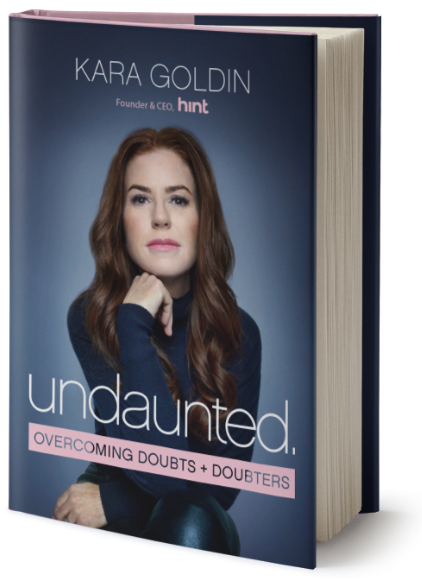When You Have Options, You Can Weather Any Storm
·
6 minute read
·

Options.
What so many forget to make sure they have. In life – and in business.
I learned that lesson the hard way about ten years ago when I got a fateful call from our buyer at one of our most important accounts at the time. Starbucks. And I was told that what had been consuming my life for the last eighteen months was going away in two weeks. Two weeks!
We had been fortunate to gain chainwide distribution in Starbucks – just over 6800 stores throughout the US. That was a good day when we received that news. It took us about six months to achieve our goal. And after that, we were rockin’ it! Exceeding our sales targets by almost 3x. Then, we were given the notice that Hint would be discontinued from all those store cases at Starbucks. Every store. A bad day for sure.
In retrospect, I can’t say there were warning signs. Hint was selling well above our goals. There was a buyer change. And, we soon learned, a strategic shift from the top. It was decided that the coffee company needed to make room in their cases for sandwiches and more expensive items that had a higher margin and higher ring. While this all made sense for Starbucks, this new strategy was bad for Hint. No sugarcoating it.
I got off that phone call, politely and calmly. And then I laid my head down on my desk. What was I going to do? Six months’ worth of inventory was sitting in the warehouse that would go bad. While we had other retail customers, we didn’t have another customer that could make up for this gap. What were we going to do with all this product?
I thought long and hard about what I could have done differently. And I came up with one answer. We had put too many proverbial Hint eggs in the proverbial customer basket. That account for us represented a huge chunk of our overall business – almost 40% of our total revenue. And that’s the issue I should have recognized months earlier: not thinking about a way to diversify or have other options if that business suddenly disappeared. We were vulnerable.
When you have an important account or client, it’s everyone’s tendency to stay focused on that relationship. Make it the highest priority to meet the goal. Or over perform. But it’s a balance. In fact, the most prudent thing we could have done while building that Starbucks distribution was to go out and find a few other revenue streams. And ensure that we had options if and when that high-priority account went away.
The funny thing is that I’d always been very good about making sure that I had options. When I embarked on my post-college job search, I set myself up with almost 100 interviews. While I was at AOL running their e-commerce and shopping partnerships, I would always go after more retailers, knowing that not all of our partners would be successful online, at least not right out of the gate. Years later, I started Hint knowing that if things didn’t work out with my first entrepreneurial venture, I had the option to go back into the tech industry.
I had a similar conversation recently on my podcast The Kara Goldin Show with Alex Lieberman, the co-founder and Executive Chairman of Morning Brew. He reached a fork in the road professionally a few years ago, while working full-time in finance and writing his email Morning Brew on the side. There weren’t enough hours in the day to work on both of his interests. He had to make a choice.
So he thought through all the worst-case scenarios if Morning Brew failed. “If I didn’t burn all my bridges at Morgan Stanley, I could go back there and actually this makes me a more well-rounded trader,” he recalled. “And I basically got several layers deep into what I thought were other realistic options.”
Turns out, none of Alex’s fallback options were necessary since Morning Brew exploded in the ensuing year and became the go-to business news brand for millennials. Not long after, the company was acquired by Business Insider. Having options allowed Alex to commit fully to his venture.
Cate Luzio was another recent guest on my show. She spent decades in the financial services industry before pivoting to an entirely new business. In 2019, she opened Luminary, an event space for collaboration and community. One year later, the pandemic unfolded and completely altered Cate’s business model. Fortunately, she refused to stay still. She found options.
“When the pandemic hit… we were fortunate that we could really be nimble, the team could react quickly and I could make those tough decisions,” Cate said.
Cate shifted her business online quickly given that in-person events weren’t going to be feasible for the foreseeable future. And a surprising thing happened. “Going online for us was incredible. It accelerated our growth dramatically. We will always now have a virtual and a digital platform as part of our plan. And now we even have members around the world.” Having options – in this case, finding new ways to quickly maintain revenue – allowed Cate to lead successfully during the pandemic.
So, back to our story at Hint. How did we handle the situation with Starbucks in the end? That was a painful lesson, to be sure. And it would be tempting to just feel vindicated for whatever perceived slight I had felt. But Starbucks was doing what any responsible company does: they were doing what was best for their business. And unfortunately, that was not necessarily what was ideal for my business. The only thing that I would have asked for is longer than two weeks’ notice.
I always say that it’s important to look back on challenging times. For those options, and also for the learnings. Here’s what else I realized:
Starbucks introduced Hint to millions of customers who would have never been able to try our product since we didn’t have distribution in many areas where they had stores. That exposure was invaluable. And that led me to realize something else that I was missing from our business. Our own connection with the consumer. Because if we would have made that connection, or had the emails from the people who purchased our product at Starbucks, we could have shared that Hint was still available elsewhere. Or online at our own site www.drinkhint.com.
And for that reason alone, I am grateful for the experience with Starbucks and for making me realize what I was missing from my business. Another option for connecting with the customer. My own.
What options are you planning to create for your career? Or your business? I would love to hear.
Undaunted
Get Kara’s Insights In Your Inbox






